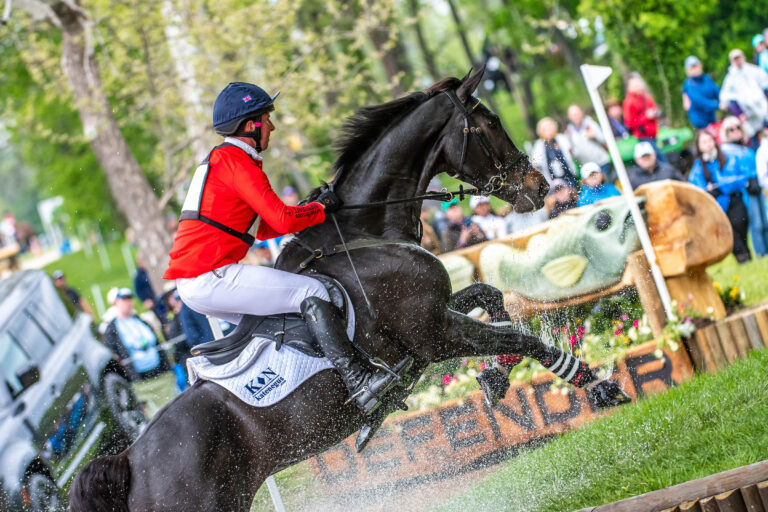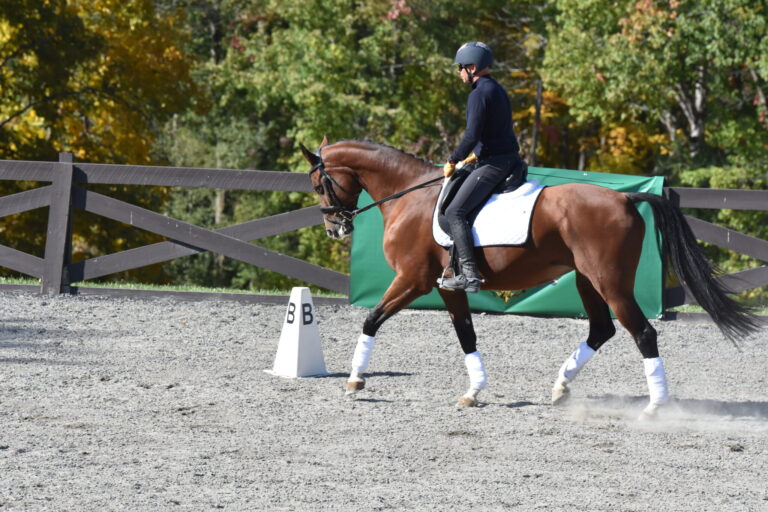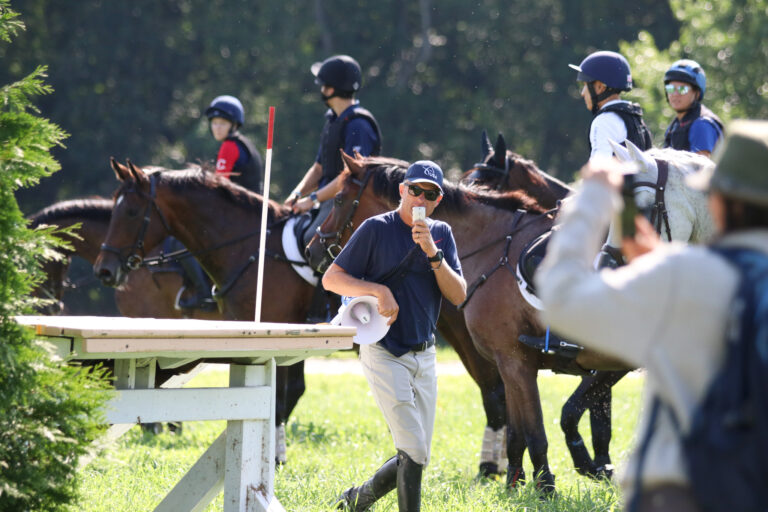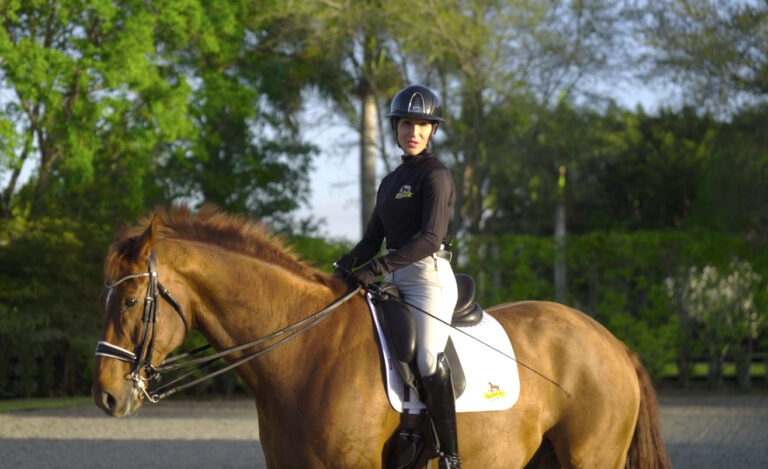QUESTION: I have a 2-1/2-year-old American Warmblood filly, and I have been working with her on the ground in preparation for starting her this fall. Ideally, I would like to keep her on a schedule. She is currently walking, trotting and cantering on the longe line with a surcingle. Do you think working her three times a week for 30 to 45 minutes each session is too much for her?
ANSWER: Yes, I do think this is too much longeing for a young horse. Frequent longeing can put undue stress on a horse’s legs and joints. It’s also a lot to ask mentally and emotionally from a youngster.
When being introduced to the world of riding, horses have a lot of fears and insecurities. They need time to learn about the human world and what being ridden entails. Once they’re used to being handled and are comfortable with tack, I believe that the only way to get a horse used to carrying a rider is to carry a rider.
Just as in the adage, “Many roads lead to Rome,” there are many ways to start a young horse. I’ve developed a two-phase system that I’ve found very successful.
Phase One
I start horses lightly under saddle when they’re 2-1/2 years old. During this time, I teach them to accept working with people and being ridden—basically to understand what their job will be in the future—without doing any formal training for a particular discipline. During this phase, I work with them five to six days per week for 30 to 60 days.
The more you can expose your filly to casually, the better. Once my youngsters have gotten used to the tack and have accepted the weight of the rider, I hack them out in the open and on trails. At first, I do this in the company of another horse. It’s amazing how quickly they gain confidence with an experienced horse leading the way.
My goal at this stage is simply to introduce young horses to the world without ever pushing them too much. Intensity level is key here. Young horses can’t handle intense work—being pushed to a physical, mental or emotional breaking point. But there’s a difference between intensity and duration. If your filly is relaxed and not being pushed hard physically, how long your sessions run doesn’t matter as much.
After this short training period, I put my youngsters back out to pasture until they are 3-1/2 years old and more mature. Even though some breeds might mature earlier physically, most horses are still fairly emotionally and mentally immature up to this age. Listen to your filly to decide when she’s ready. If she mentally accepts the work earlier, then that is OK, too.
Phase Two
When I bring my 3-1/2-year-olds back in to work, I still keep the intensity low. I hack them outside for another few months to build their confidence and trust in the rider. When they’re moving nicely forward under saddle, I gradually introduce basic work in the ring, taking time to teach the meaning of my basic aids. Although my eventual goal is to teach them dressage, they don’t start to look like dressage horses (accepting full rein contact) until they’ve been under saddle for close to six months.
I know it may be hard to spend less time with your filly, but turning her back out to pasture after an initial few weeks under saddle may be the best thing for her right now. Longeing her occasionally for the sake of burning off energy before you ride is fine, but be careful not to overdo it. (I never longe horses of any age with side reins, as I think it can make them dull and heavy in the contact.) However much you do handle her, always be sure to insist on good ground manners. It’s very easy to give young horses too much love and attention that might encourage bad habits.
Finally, if you’re not experienced starting young horses, I strongly recommend seeking professional help when the time comes to start your filly under saddle. Young horses are sensitive and unsure of their jobs at first, and they learn very quickly—for good and bad! So get the best support you can to start her right.
About Alyssa Pitts
In 2011, Alyssa Pitts rode Melissa Mulchahey’s Westfalen gelding Furst Fiorano to win the 4-year-old division of the Markel/U.S. Equestrian Federation National Young Horse Dressage Championships. She was also ?invited to ride her own 10-year-old Oldenburg mare, Jil Sander, in the U.S. Dressage Federation National Symposium Developing Horse demonstration and the USEF Elite Rider Clinic. Alyssa is a USDF L Program graduate and a USEF “r” judge candidate. Based at Cedar Meadow Farm in Echo Lake, Washington, she has coached several California Dressage Society Junior champions as well as other students who have been successful at the CDS/USDF Championships.
This article originally appeared in the September 2012 issue of Practical Horseman.









